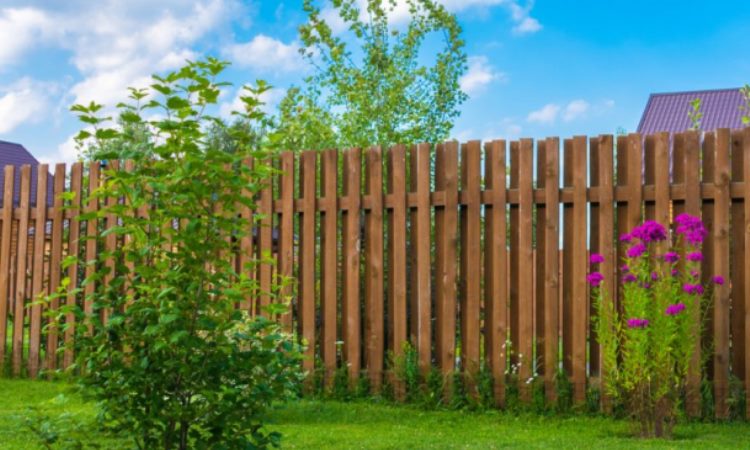A garden fence adds more than aesthetic appeal to a home. To start with, the fence offers an increased level of security around the home. Secondly, it enhances privacy by obstructing the view of passersby as well as neighbors. Thirdly, garden border fencing creates a border between two properties. Read on to learn more about garden fencing ideas and tips.
Assessing Your Fencing Needs
Before you install a fence, it is advisable to assess your needs. Garden fencing requirements typically vary depending on where one lives. For example, people living in urban centers might not require a garden fence at all. On the other hand, people living in rural areas require a strong fence to keep deer, groundhogs, raccoons, rabbits, and squirrels at bay. With this in mind, fencing options for your garden include the following:
Brick Garden Fence

A brick garden fence is quite effective at securing your garden. In addition, it is easy to set up requiring only mortar mixture to hold the bricks together. To make your wall more attractive, you can leave small gaps between the bricks. If you want total privacy, close the gaps completely.
Bamboo Garden Fence
Bamboo is easy to work with and widely accessible. At the same time, bamboo does not require a lot of maintenance and is very strong. Let your creative juices flow and set up the garden fencing to suit your home décor or personal preference.
Dry Stone Garden Fence
For a more natural look or decorative garden fencing, use stones. The beauty of using stone is that you can position the rocks such that they interlock without the need to use mortar. When properly laid, a stone garden fence can last for hundreds of years.
Wooden Garden Fence
Using wood, you can create a rustic garden fence with a high aesthetic value. The only downside is that small animals such as groundhogs and small dogs can easily fit between spaces in your wooden fence. One way of ensuring this does not happen is by installing chicken wire along the bottom part.
Electric Garden Fence

Garden fencing does not have to be all about aesthetic appeal. An electric fence is likely to be useful if you live in a rural area where wild animals such as deer are prevalent. Any animal that tries to force its way past the fence gets an electric shock and immediately goes away. This means that your prized flowers or vegetables can grow without any interference.
Tips for Installing Garden Fence
While plastic garden fencing is genrally easy to instal, other types of fencing typically require a bit of work. To begin with, dig holes for the fence posts at least 23 5/8 inches (600mm) deep and wide enough to accommodate the post as well as the concrete to secure it. The holes should be at least six feet apart so that the posts are able to hold the fencing material firmly in place. After that, position heavy-duty posts at the corners and light-duty posts on the straight sections of the fence.
If you are erecting a wooden or bamboo fence, remember to apply chemical preservatives and termite control products to prevent insect damage. Bitumen based paint will also keep termites at bay. To keep burrowing animals out of your garden, dig a trench and bury poultry netting or hardware cloth. In general, a deep trench would be more successful in keeping groundhogs and pocket gophers out of your garden than a shallow trench.

A perimeter fence around your garden might be necessary to keep animals away and prevent them from making your garden a playground. Some of the materials that you can use to set up the fence include wood, stone, bamboo, or bricks. For parents with young kids at home and worried about deer trampling the garden, installing a second fence about three feet inside the outer fence is a good idea.






